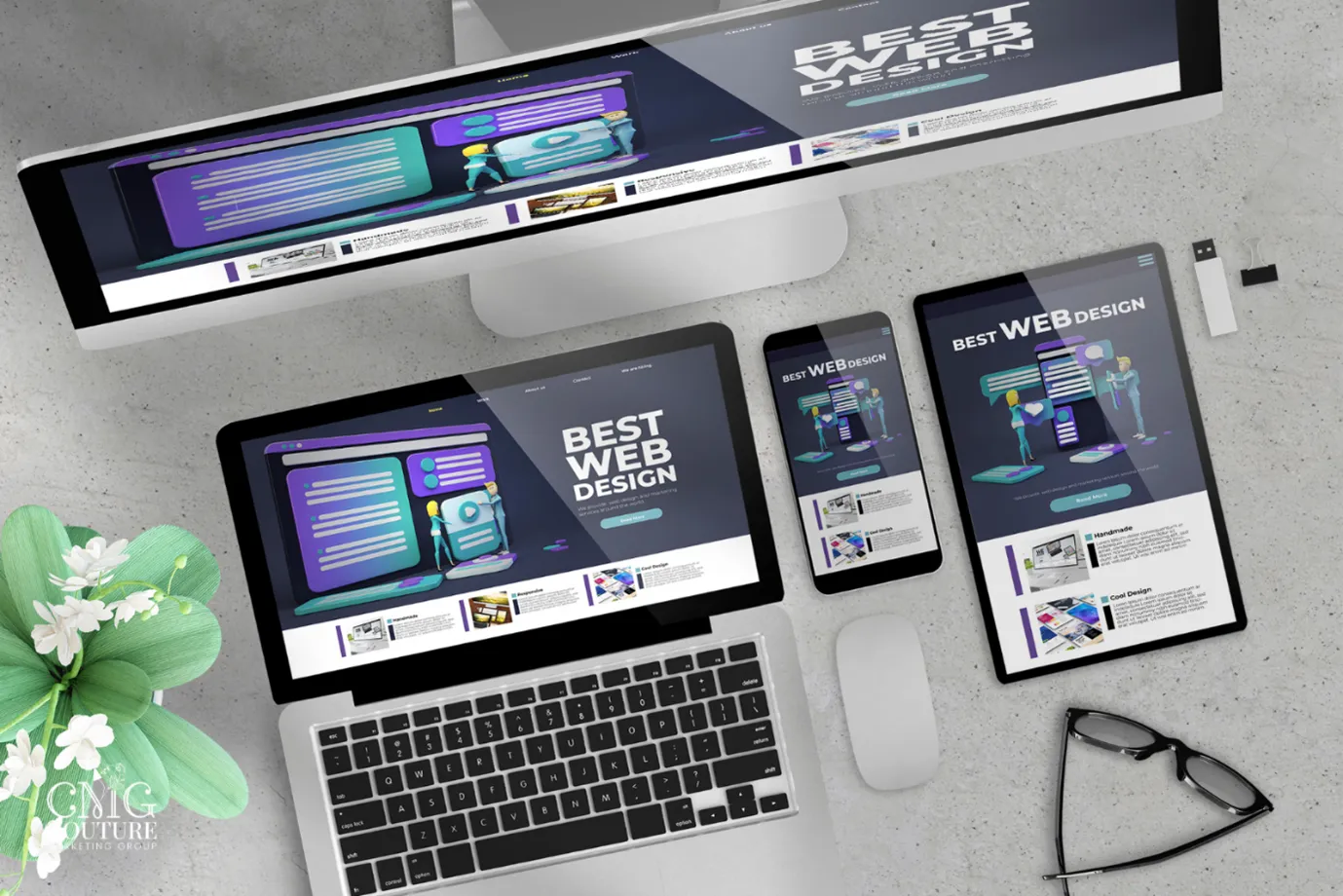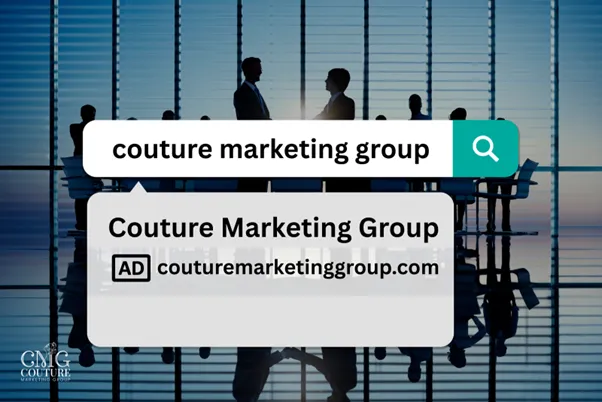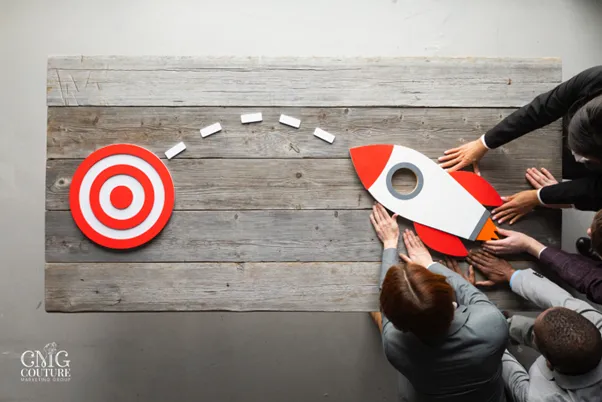Ever felt overwhelmed by the idea of building or revamping your website? You’re not alone—most small business owners know they need a strong online presence, but the actual process feels like navigating a maze without a map.
Think of web development as constructing a new home. You wouldn’t just start hammering nails without a blueprint. You need a plan, solid foundations, and the right materials to make sure it stands strong.
In this post, we’ll break down the 7 key components of web development and lay out a roadmap so you know exactly what step to take — and in what order — to create a site that’s not just pretty, but profitable.
1. Planning & Strategy: Laying the Blueprint
Fail to plan, and you plan to fail. Every great website begins with understanding your audience, competitors, and business goals. What problems are you solving? What actions do you want users to take?
Practical Tip: Create a sitemap early to map out your pages before you write a single line of code.

2. UI/UX Design: Making It Beautiful and Usable
A website that’s hard to use is like a store with a locked door. Good design blends aesthetics with usability, guiding visitors effortlessly toward their goals — whether it’s reading, shopping, or booking. And here’s why it matters: 57% of users say they won’t recommend a business with a poorly designed mobile site (Forbes, White Peak Digital)
Practical Tip: Ensure your mobile designs are clean, navigation is intuitive, and load times are fast.

3. Front-End Development: Bringing Designs to Life
This is where pixels turn into reality. Front-end development is about coding the user-facing parts of your site using HTML, CSS, and JavaScript. It’s what ensures your site looks sharp on any device.

4. Back-End Development: The Engine Under the Hood
Users don’t see it, but they feel it.
The back-end powers your website’s functionality — databases, servers, and application logic. Without it, even the prettiest site won’t run.
Practical Tip: Choose scalable frameworks (like Node.js, Django, or Laravel) if you plan to grow.

5. Content Creation: Fuel for Your Website
A website without content is just an empty shell.
From blog posts to product descriptions, quality content informs, engages, and drives SEO. In 2025, authenticity matters as much as keywords.

6. SEO & Optimization: Being Found Online
What good is a stunning site if nobody finds it?
SEO weaves into every layer—fast load speeds, meta tags, keyword-rich content, and mobile responsiveness.

7. Testing, Launch & Maintenance: The Never-Ending Cycle
Launch day isn’t the finish line — it’s the starting line.
Testing ensures your site works seamlessly across browsers and devices. After launch, updates, backups, and security patches are critical.
Roadmap to Success (Step-by-Step Recap)
- Plan: Define your goals, audience, and sitemap.
- Design: Craft user-friendly interfaces.
- Develop: Build front-end and back-end systems.
- Add Content: Optimize for SEO and relevance.
- Optimize: Prioritize speed, security, and mobile responsiveness.
- Test: QA across devices and user flows.
- Maintain: Keep everything updated, backed-up, and secure.
Web development isn’t just about code—it’s about building a digital space that reflects your brand, engages your audience, and drives growth. By following this roadmap, you’ll avoid overwhelm, cut through noise, and create a website that’s not only beautiful but truly works for your business.
Your website is your storefront, your sales team, and your brand ambassador rolled into one. Build it right—and it’ll pay you back every day.
Need a website that works as hard as you do? Let Couture Marketing Group design and develop a site that grows with your business. Contact us today or call (806) 336-0532 to start your project.


